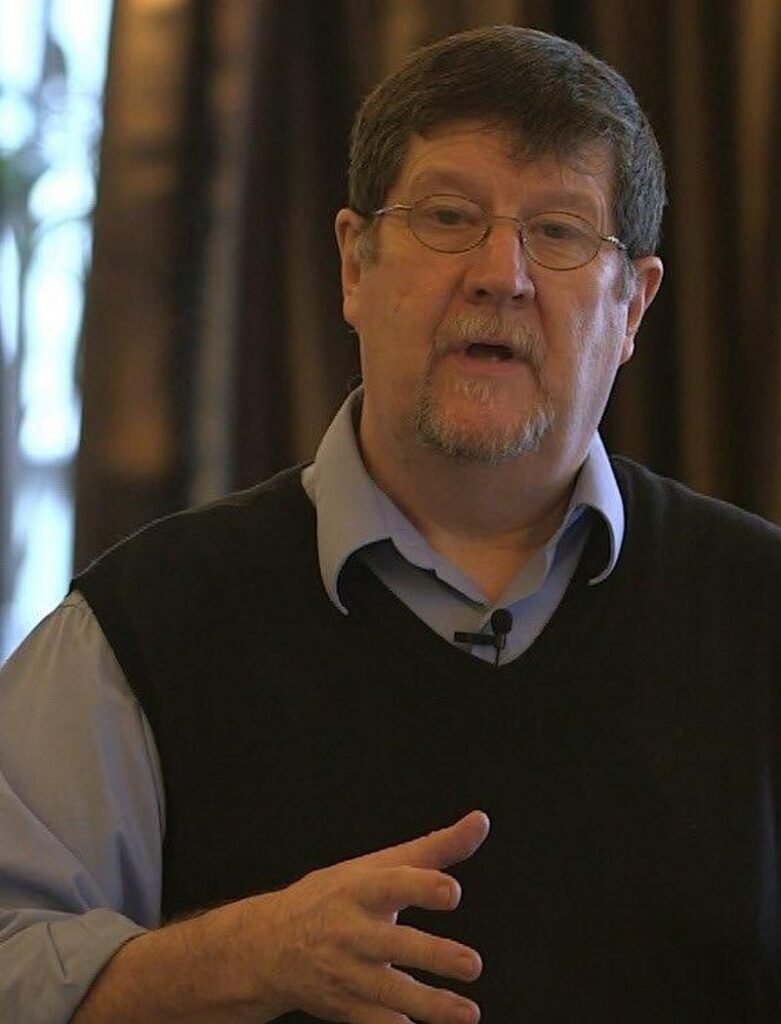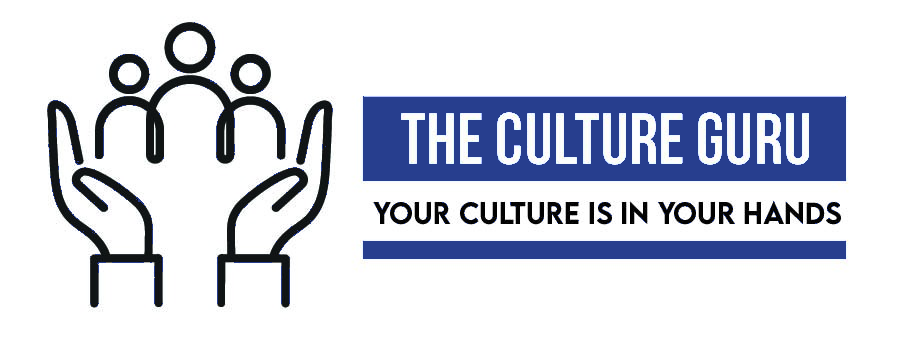Contact Me
How To Reach The Culture Guru

Please contact us with any questions you may have about our site, services, products, etc. You will receive a reply within 24 -72 business hours.
You can also review the most common questions below, for additional information & details.
If you would like to speak to me directly, send along your contact information in the form.
Common Questions
Some of the most Frequently Asked Questions.
Behind the name is Nick Shepherd an experienced but now retired executive who has a passion to spread the word on how much better workplaces could be. Nick has over fifty years of business experience, with about half running his own management consulting and professional development company and the other half “working for others” in the corporate world. What makes Nick’s background unique is that it includes holding senior finance management jobs where he used to be more worried about the cost of the payroll. Now he knows that worrying about costs is only a small part of the problem in building a high-performance organization.
Our main focus is publishing books – about organizational culture. We also aim to be a source of advice and information although we are not consultants. In our resources section you will find links to people who are doing work related to organizational culture, who Nick has talked to and / or been impressed by. Nick is also happy to talk to anyone who will listen about his ideas, and still participates in certain expert international groups. He is also happy to contribute articles and blogs.
Really good question. A great workplace culture is a framework that management creates that supports and energizes their workforce. Engagement is one of the most important outcomes of an effective culture.
Again, a good question. The reality is that every place where people work together has a culture. It either evolves naturally or it is actively developed and reinforced. A naturally evolving culture often works well in a smaller organization where “the tone” is set by the owner who is highly visible and involved in day-to-day activity. People know the expectations. As an organization grows, if there is no common expectation of “how to operate” especially in relationships with other people, people will tend to apply their own interpretations. Different supervisors may treat people differently which will create conflict. Levels of communication may vary with some people “knowing what happening” and others “left in the dark.” Inconsistency creates a decline in trust, which can lead to frustration and eventually disengagement. A strategic approach to a common culture will establish a consistent framework of expectations that should reduce conflict and enhance engagement.
Good. It’s important that people know how to get their job done. The challenge is that there a few jobs where the work is done in complete isolation. People have to work with others, and this is where things get more complicated. Relationships between people who have to cooperate and collaborate to get their job done have become critical. This is typically where problems occur and where productivity can plummet. Poor inter-personal relationships can have a major negative impact on productivity. This can be seen by the growing impact of conflict in the workplace and the level of stress and mental illness. An effective approach to designing, implementing, and sustaining an effective work culture is about enhancing productivity plus reducing negative impacts like absenteeism, sickness, and resignations.
Team development at the individual work group level is important and continues to be required. But no workgroup operates independently but requires interaction with others. If each manager is developing their own team based on an inconsistent approach to how they work with others, this will inevitably lead to friction, inconsistency and often a feeling of unfairness. People are not “treated” in the same way. The word gets around and people become frustrated – either with others they work with, seeing them as having favouritism or with their own supervisor for not treating them fairly compared to others. There must be a level of consistency in areas that are important to the employees themselves.
Managers must continue to have flexibility and latitude. Not only are employees different, so is each manager. This is why the leadership development aspect of every single person in a supervisory role becomes so critical to building an effective culture. The unique personality of each manager will have an impact on how they interpret and apply organizational expectations, and also influence how their relationship with their superiors, peers and subordinates develops. Each person “will see the world through their own keyhole” and from that create interpretations and understandings. If leaders are to be the “enablers” of their teams performance, then they must develop an open pathway to listening, understanding, and appreciating feedback from others about problems, difficulties and challenges that are impediments to work.
Because culture is never static it must be constantly reviewed, improved, and sustained. For any organization that has been in place for several years, the culture has indeed taken years to develop. It happens every minute, of every hour of every day. It is what people see around them every day. It is the behaviour that they are subjected to by others in the workplace. The core question is whether the current culture is what it should be. Has anyone actually determined what sort of culture the organization wants or needs. Whether the “way we do things around here” is attractive and motivating to staff or not. Whether this way of performing is consistent with sustaining the brand and reputation of our organization. Is it consistent with what our owners and leaders have said about how we behave? Workplace culture cannot be left to chance. It must be designed and developed with a level of importance equivalent to the organizations purpose and mission.
Everything that an organization spends must have some purpose or value creation. This is why there must be an ROI or Return on Investment from investing in an effective culture. The problem for most organizations is that they have no idea what a poor culture may already be costing them. It could be showing up in profitability problems, which often results in cost cutting. Sadly, this often makes the culture worse. Some impacts of a poor culture may show up in legal costs, fines, and penalties non-compliance. It may show up in a higher level of absenteeism and sick leave. IT will also show up in a higher level of employee turnover, and in conflict mediation and other excess costs.
The greatest cost of a poor culture is buried in the existing operating costs and is reflected by poor productivity. Things take longer. Nobody innovates and uses creative ideas. “It’s not my job” is often heard, or “I can’t move forward as I am waiting for someone to get bac to me.” The organization operates – but not fast enough. No agility. It’s sluggish. It will “take as long as it takes.” That’s not good enough. We published a book, soon to be revised in a second edition titled :The Cost of Poor Culture.” In this we show where this costs are, how to dig them out, and how to use those savings to invest in building a great work culture.
Start based on your belief system. If you are not sure there are savings to be made, then maybe start a project to identify and capture the existing costs of poor culture. Then look for the root causes and develop investments to eliminate or reduce the problem. Or, if your “gut” tells you that there is indeed a culture problem, then dive in. Start by finding out what’s is in place and working, what is causing problems and needs to be eliminated or changed, and what is missing and causing problems. Open and honest discussion is a core way to start this effort. Start with a “tiger team” of believers who have a commitment to change and have credibility in the workplace. Use them to start the conversations. Get managers at all levels involved – not just as supports but actively involved. Get the “C” suite and the board involved. What do we want our culture to be? How do we get there? It will take time, but it starts with conversations. Everywhere. Plus, a demonstrated management commitment to change.
